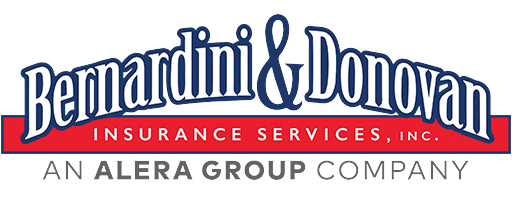The majority of people in the workforce never even consider the fact that they may become temporarily or permanently disabled. As a matter of fact, it should be something that people give some thought to. People think about life insurance and how their family will survive financially if they were to die unexpectedly. People are diagnosed with illnesses and are injured every day; if you read a newspaper or turn on the TV you already know this. So, maybe it is time to think about what would happen to you and your family, if you were injured or became ill.
According to the Council for Disability Awareness (CDA), the majority of the workforce has to depend on using their vacation and sick time they have accrued. Eventually, and in some cases quickly, you will be out of paid time off. What are you going to do when the money runs out?
That’s were disability insurance comes in, let’s take a closer look at the different types of disability insurance.
Workers Compensation
If you are injured on the job, you will qualify for workers compensation. Which will pay you 2/3 of your normal salary every two weeks; it will also cover all of your medical care. Workers compensation is required by law – every employer must have a workers comp policy on every employee. However, 2/3 of your paycheck is not the same as a full paycheck and will most likely cause financial hardship. Therefore, investing in private disability insurance is a good idea.
Private Disability Programs
Often times, an employer will offer short and long term disability insurance for a premium. If they do not, then you must find your own.
Short Term Disability Insurance
Short term disability policies are intended to provide coverage for a limited time period. The waiting period for payment is quick, usually within two weeks. You have to decide the length of time you may need short term disability insurance payments. You can choose between a month and up to a year. For example one month, two months etc… The longer the timeframe of the policy the higher the premiums will be. However, you should not let the amount of the premium discourage you from purchasing a policy because if you ever need it, it will have been worth every dime!
Long Term Disability Insurance
Long term disability policies are intended to provide coverage for a longer period of time (anywhere from one year to the rest of your life.) The waiting period is much longer; the average timeframe is 3 months although it could be up to 2 years. That is why having both a short term disability policy (up to one year) and a long term disability policy is a good idea. In the event it takes a long time for you to start receiving your payments from the long term disability you will have been receiving payments, so a short interruption in payments will not be as hard on your bank account. Long term disability policies pay benefits until the maximum dollar benefit has been reached or the specific timeframe that was chosen is reached.
Public Disability Insurance Programs
In the United States there are two types of public disability programs, Social Security Disability and Veteran’s Disability. Both of these public disability programs are backed by the government. In addition, the Social Security Disability program can be difficult to get approval for and in most cases the person will need an attorney.
Social Security Disability Benefits (SSDI)
According to the Social Security Administration, almost 11 million people receive a SSDI payment every month. This government funded program offers both temporary and permanent benefits.
Veterans Disability Benefits
Disability benefits offered to veterans are easier to get approved for than Social Security benefits. The requirements for a veteran to receive benefits are to have been injured or diagnosed with an illness caused during their active military service. To inquiry about Veterans Disability benefits you can file a claim through your local Veterans Administration.
Understanding disability benefits can be a challenge, for more information on the types of disability insurance in California please contact Bernardini & Donovan Insurance, located in Redlands.

